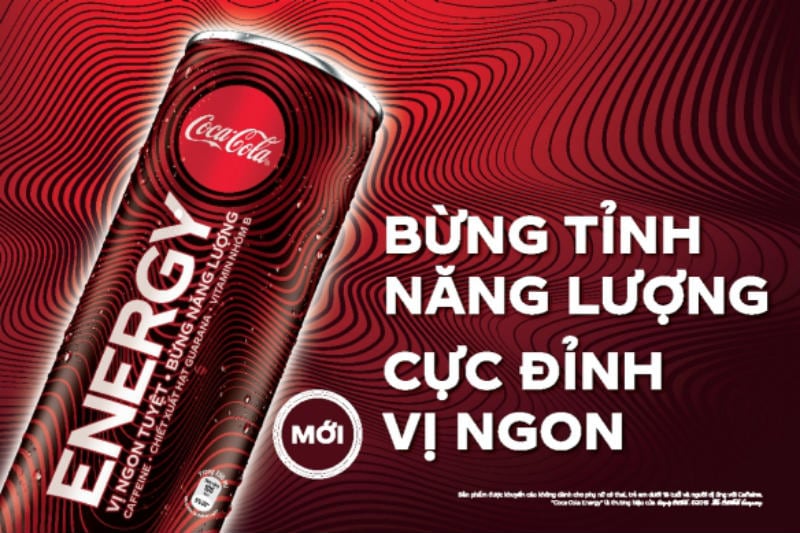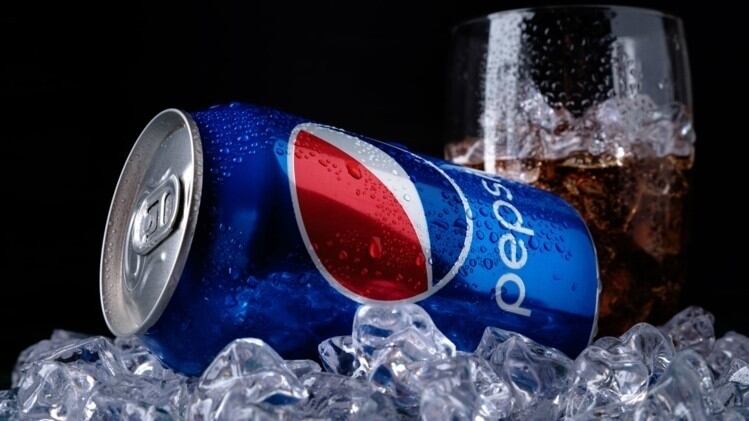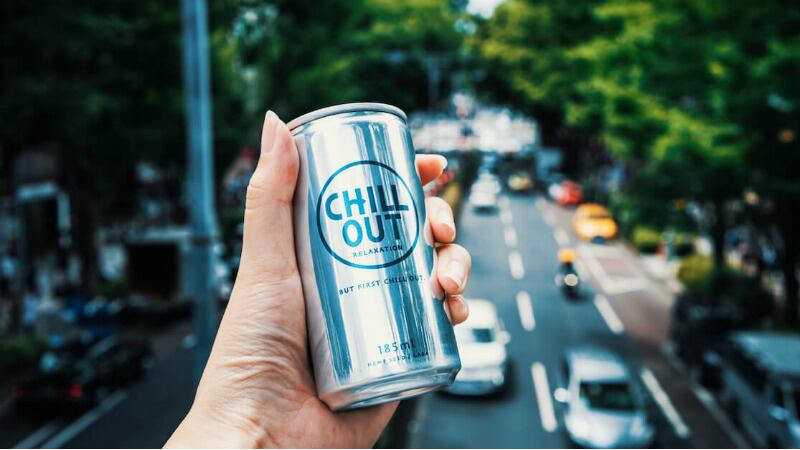Coca-Cola Energy made its debut in Spain and Hungary in the second quarter of this year, and has also launched in Japan, Hong Kong, Taiwan and Australia within the Asia Pacific region.
“Cambodia was the first country in Southeast Asia to launch Coca-Cola Energy in August 2019, [followed] right after by the launch in Vietnam,” Coca-Cola Marketing Manager New Categories Barry Del Rosario told FoodNavigator-Asia.
“[In Vietnam in particular], we recognise the pace of progress that is happening [there] today, [and] the launch of Coca-Cola Energy is our answer to [help consumers] keep up with the hustle and bustle of modern life.”
Worldwide, Vietnam is only the fourteenth country in the world to launch Coca-Cola Energy, and the company expects ‘several more countries’ to launch by the end of 2019.
According to Coca-Cola, in Cambodia, this product is available via ‘all channels’ and retails at KHR2,000 (US$0.49) for 250ml, whereas in Vietnam this is available in supermarkets, convenience stores, groceries, gaming cafes and general trade outlets nationwide.
“Pricing is a retailer decision, but we expect this product to be competitively priced among the leading energy drink brands in [Vietnam],” said del Rosario.
More on Coca-Cola Energy
Coca-Cola Energy is the first energy drink under the Coca-Cola brand umbrella.
Its ingredients include known energy-boosting elements such as caffeine, guarana extracts and B-vitamins, in an attempt to position itself as an option to ‘complement fast-paced and busy lifestyles’.
Guarana, in particular, is a popular ingredient used in many energy drinks as it is seen to be a ‘natural’ source of stimulants. According to Healthline, these include caffeine, theophylline and theobromine, as well as a range of antioxidant boosting compounds.
Although the specific amount of guarana in each serving of Coca-Cola Energy was not revealed, a previous Coca-Cola Korea Bottling CEO told us that there is 0.06mg of this botanical in every can, whereas Coca-Cola Global Chief Marketing Officer of Sparkling Beverages Javier Meza previously said that a 250ml serving contains 80mg of caffeine.
“The recipe of Coca-Cola Energy is the same across all markets,” del Rosario told us.
A sugar-free version, Coca-Cola Energy No Sugar, is available in some markets such as Europe and Hong Kong, but not yet in South East Asia.
“There are two versions: full sugar and no sugar. Some markets have both while others such as Vietnam, have launched only with the full sugar version,” he added.
“We will launch Coca-Cola Energy in phases to learn and improve before scaling across different markets [and] will use this approach in deciding where to launch next in Southeast Asia.”
Energy controversy
Coca-Cola Energy was the subject of a brawl between Coca-Cola and partner company Monster Beverage last year.
Monster had protested Coke’s plans to develop this beverage protested as being in violation of their partnership agreement, but Coca-Cola was granted approval to continue selling the drink earlier this year in July.





